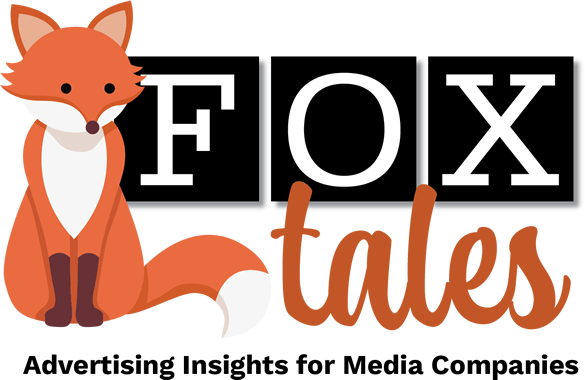By Tony Silber
I read an article recently whose premise is that advertising is a lagging indicator. The idea was this: If ads perform for your client, that client will continue to spend and even increase their budget for your media brand.
The article went on to point out that in the digital realm, not enough media operators care about ad performance. They load up their pages with ads, they obstruct the reader’s access to content, they add in popups, audio, flashing junk and lots more. None of those things contribute to better audience response. They annoy the reader.
These are perfectly fine observations of the media-marketer partnership. And while they are true and important, they’re not the sole driver of ad revenue, or even the most important.
 What a media company really needs to focus on are two things: Reach and context.
What a media company really needs to focus on are two things: Reach and context.
Great media brands are great because they produce rich and relevant content—rich enough to attract and retain an audience. Yes, part of the context is advertising, and the more annoying it is, the less the reader/user is going to have a positive experience. But if the content is strong enough, and can’t be obtained elsewhere, the audience is likely to stay.
It takes more than a poor advertising environment to drive away readers. It takes a poor advertising environment, and even more important, it takes disappointing content.
And too, when you think about it, ad performance is mostly out of the publisher’s hands. Internet speed and contextual environment are not, but publishers have no control over poor creative. Nor should they be held accountable. They’re offering the advertiser a great piece of real estate and a proven audience. It’s up to the marketer to make sure ads are relevant and memorable.
There’s an old saying that no one ever successfully grew a brand without advertising. In my experience at Folio:, that was always true. My biggest customers built and sustained businesses because of their regular commitment to advertising. I think of the M&A firm DeSilva + Phillips, which dominated prime positions in every issue of the magazine starting with its launch in the mid-nineties. Or the reprint companies, RMS and Foster Reprints. Or the upstart digital-magazine software provider Nxtbook Media. The printers Publishers Press and Quad Graphics. More recently, Wright’s Media built its business through Folio: advertising.
They did it through a combination of Folio:’s reach, Folio:’s high-quality content, and their own innovative and dominant marketing.
Advertising may be a lagging indicator for some reasons, but not really for publishers’ revenue growth. Advertising lags in two ways—it stays strong in the first months of an economic downturn, as schedules and contracts remain in place. And it lags on the other side of a downturn as well. Spending doesn’t increase until a recovery is well underway.
In the most important respect, advertising becomes a leading indicator:
The marketer that spends aggressively and smartly more often than not enjoys growth in revenue and marketshare. Brand awareness and feeding the top of the sales funnel matters.
